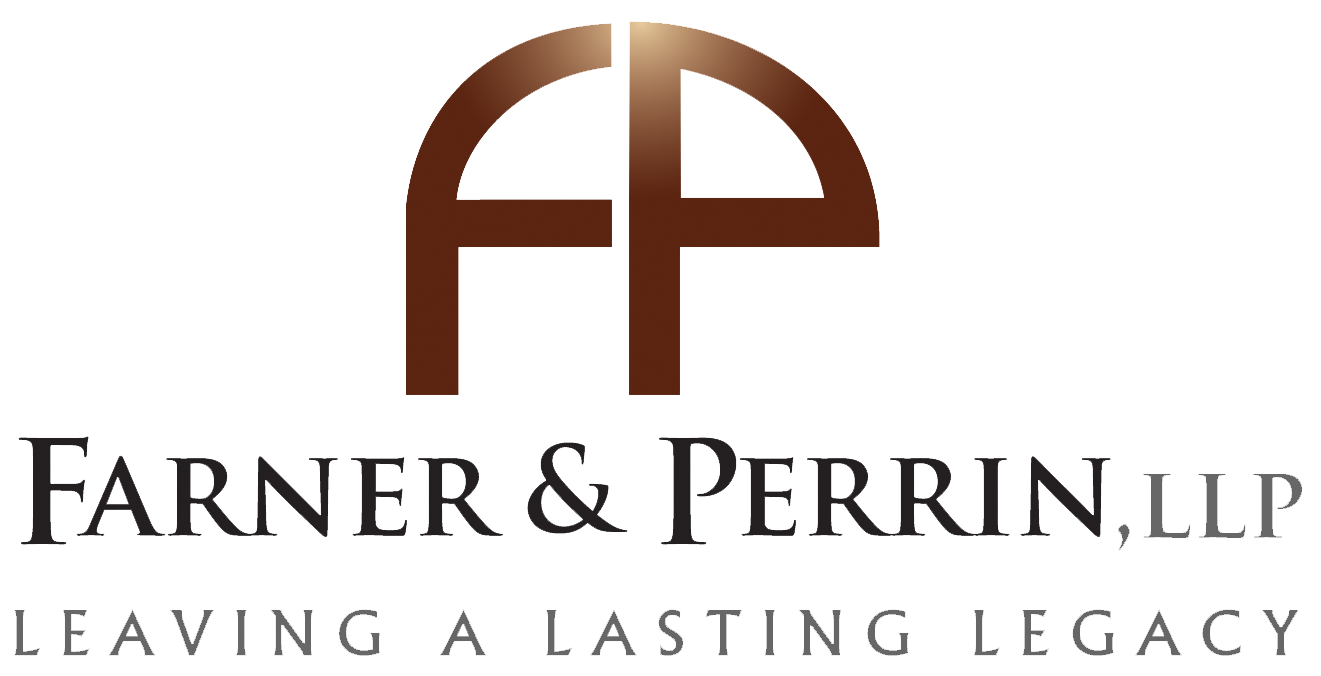Much of our efforts focus on protecting wealth from our clients’ most significant known creditor, the IRS. Often, however, our clients are concerned about the possibility that unforeseen creditors may arise during their lifetimes and threaten the asset base that they have worked so long to build and secure. These unanticipated creditors could arise as the result of a lawsuit stemming from a driving accident, a business deal gone bad, or a professional liability claim. Even when these claims are frivolous or of a dubious merit, plaintiffs’ attorneys have been known to succeed in winning court judgments. While umbrella insurance coverage provides significant protection against certain risks, there are also legal strategies that can help protect you and your family from catastrophic loss in the event of an unanticipated judgment against you.
While there are many possible asset protection vehicles, including some that require your assets be moved out-of-state or even outside the U.S., this discussion is centered on strategies applied in the State of Texas to its domiciliaries. Bear in mind that any asset protection vehicle is subject to the Texas Fraudulent Conveyance Act, and therefore a proper solvency analysis must be undertaken before moving forward with this type of planning. Once solvency becomes questionable or a potential creditor is known, it is too late to undertake asset protection planning.
Certain asset classes enjoy favored status in terms of creditor protection. Among these are qualified retirement plans, IRAs, commercial annuities and life insurance policies (though “inherited” IRAs may not be protected, given a bankruptcy court case to that effect). Also, the State of Texas has always had a generous homestead protection statute, protecting a home with up to 10 urban acres or 200 rural acres from creditor exposure. Historically, the homestead protection has been unlimited in value. However, a Federal bankruptcy statute has made some inroads on this historic protection. Among other limitations for individuals in bankruptcy, there is now a limitation on the value of the homestead protection if the home was acquired within the roughly 40-month period preceding the bankruptcy. There is also a similar cap on a bankrupt individual who owes a debt arising from a violation of Federal security laws, which may be particularly significant to persons who are officers or directors of publicly-traded companies.
Another time-honored means of protecting wealth from predators is the “spendthrift” trust. Indeed, leaving assets to a beneficiary in a spendthrift trust has been the traditional method of shielding assets from the beneficiary’s creditors, or even protecting the beneficiary from him/herself. Spendthrift provisions prevent the beneficiary from using his or her trust as collateral and limit the reach of creditors. These provisions are generally respected by the courts as being within the power of a donor to place conditions on any gift he or she makes. For this reason, many parents choose to leave assets in trust for their descendants for as long as state law allows, protecting the bequeathed property from the potential of creditor seizure for several generations. Note that this principle does not extend to the settlor (or creator) of the trust B that is, the vast majority of American jurisdictions, including Texas, adhere to the traditional notion that a person cannot shield such person’s own assets from the claims of his or her own creditors by placing assets in a trust for his or her own benefit. Notably, several U.S. states have joined the ranks of many foreign jurisdictions and now extend creditor protection to such “self-settled” trusts. This result requires one to place the trust assets with a trustee in such jurisdiction, oftentimes with uncertain results.
A vehicle of more recent vintage is the family limited partnership, which also offers some asset protection features. Under most state statutes, including those of Texas, a judgment creditor may petition a court for a “charging order” with respect to a limited partnership interest in a partnership, but generally may not reach the underlying partnership assets in satisfaction of any claims against the limited partner. If a court issues a charging order, the creditor becomes an assignee of the partnership, and as such is entitled to receive any partnership distributions that the debtor-partner would have otherwise received. As a practical matter, these distributions could be limited (or even non-existent), depending on the terms of the partnership agreement. Thus, the creditor runs a risk in pursuing a charging order, since in so doing the creditor may also be required to assume the income tax liability with respect to the debtor’s share of the partnership income; note, however, that due to some uncertainty in interpretation, the tax liability result is not altogether clear. Suffice it to say that because of the potential problems associated with possessing a charging order against a limited partnership interest in a partnership, judgment creditors may be wary of seeking them, making the partnership vehicle at least an obstacle for creditors to overcome, encouraging favorable settlement.
In deciding whether now is the time to consider asset protection planning for you and your family, remember that it is seldom too soon, but often too late, to begin this process. Once a creditor is known or likely to appear, asset protection transfers will be void and of no effect as to such creditor. Even worse, the Texas Fraudulent Transfers Act may apply, with potential punitive damages available to the creditor. If you would like to explore these issues further as to your specific situation, our Firm can be of assistance.
